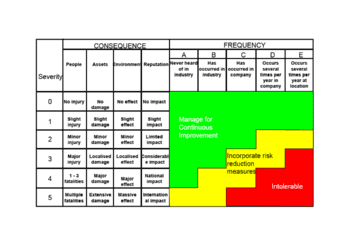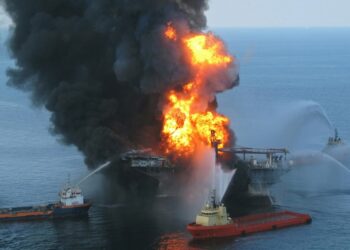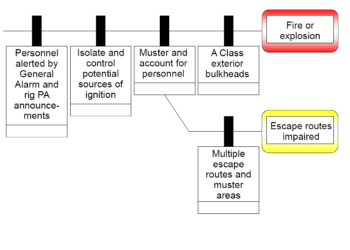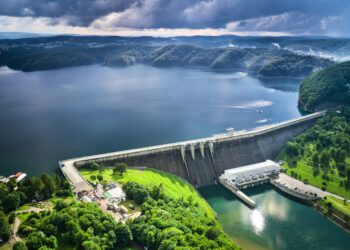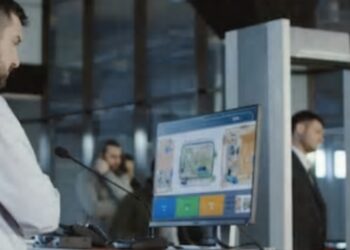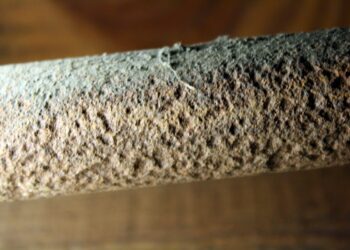Emergency broadcast – communicating major accident events
Major Accident Events (MAEs) are low frequency, high consequence events typified by accidents such as Deepwater Horizon, Fukushima and Texas City. Significant efforts are made by operators to prevent and mitigate these events. But how well do we communicate what these events might be and how we would manage them?
Analysis of MAEs is usually undertaken for safety case purposes, and communication materials are typically derived from supporting documentation. However, this information is often quite technical in nature and is intended for a different purpose. As a result, it is common for communication efforts to miss the mark – being overly complex and not engaging the end user. So what is the best approach?
There are many methods and media to communicate MAEs, but before deciding the best approach we really need to answer two basic questions:
- Who are we communicating with?
- What are we communicating?
WHO AND WHAT?
Stakeholders with whom communication is needed include regulators, investors, partner companies, company senior managers, the workforce and the public. All of them will want to know that MAEs are properly managed, but they will each want a different breadth, depth and type of information.
Regulators, for example, may want to see relevant ALARP justification and supporting analysis, whilst others such as senior managers may be more interested in overall risk levels and how much any improvements will cost. Areas of interest to the workforce will include general awareness of the MAEs and their role in prevention and mitigation. In all cases the information must be factually correct to ensure credibility.
METHODS AND MEDIA – WHAT STYLE OF COMMUNICATION IS THE BEST?
There is no single answer to this question, but it does depend on who and what is being communicated and, as always, budget. The media that can be used is vast, including reports, leaflets, online, film, presentation and interactive training. The number of methods is also numerous and many can be deployed by multimedia.
A selection of common MAE communication methods include:


There are many other methods available, including consequence overlays, Swiss cheese diagrams, MAE versus control measures matrices, MAE information sheets, wall posters, and MAE safety moments.
CONCLUSION
With a little thought you really can communicate awareness of MAEs at the right level to the right people using a media and method to suit them. As Henry Ford once said, “Whether you think you can or you think you can’t, you’re probably right.”
This article first appeared in RISKworld issue 26

